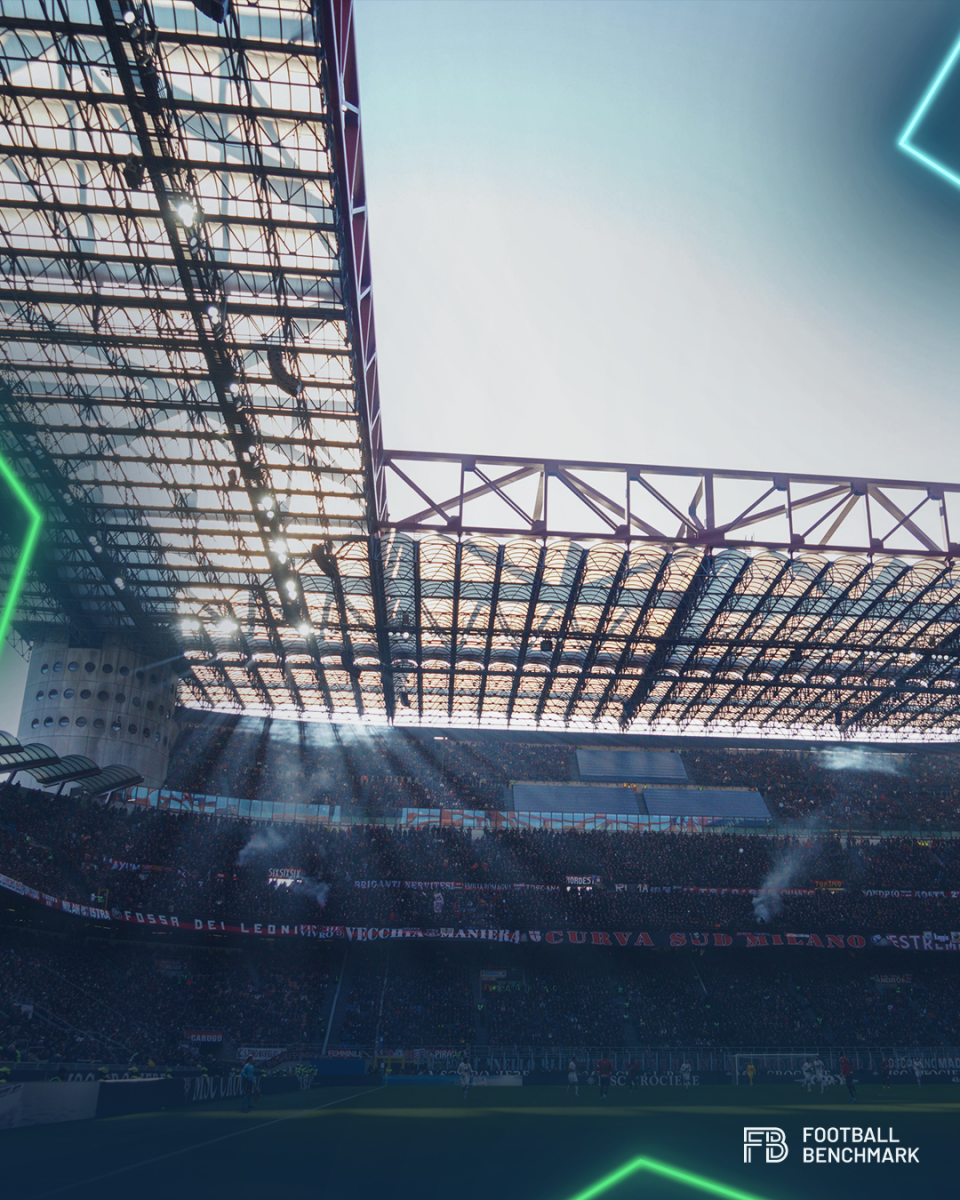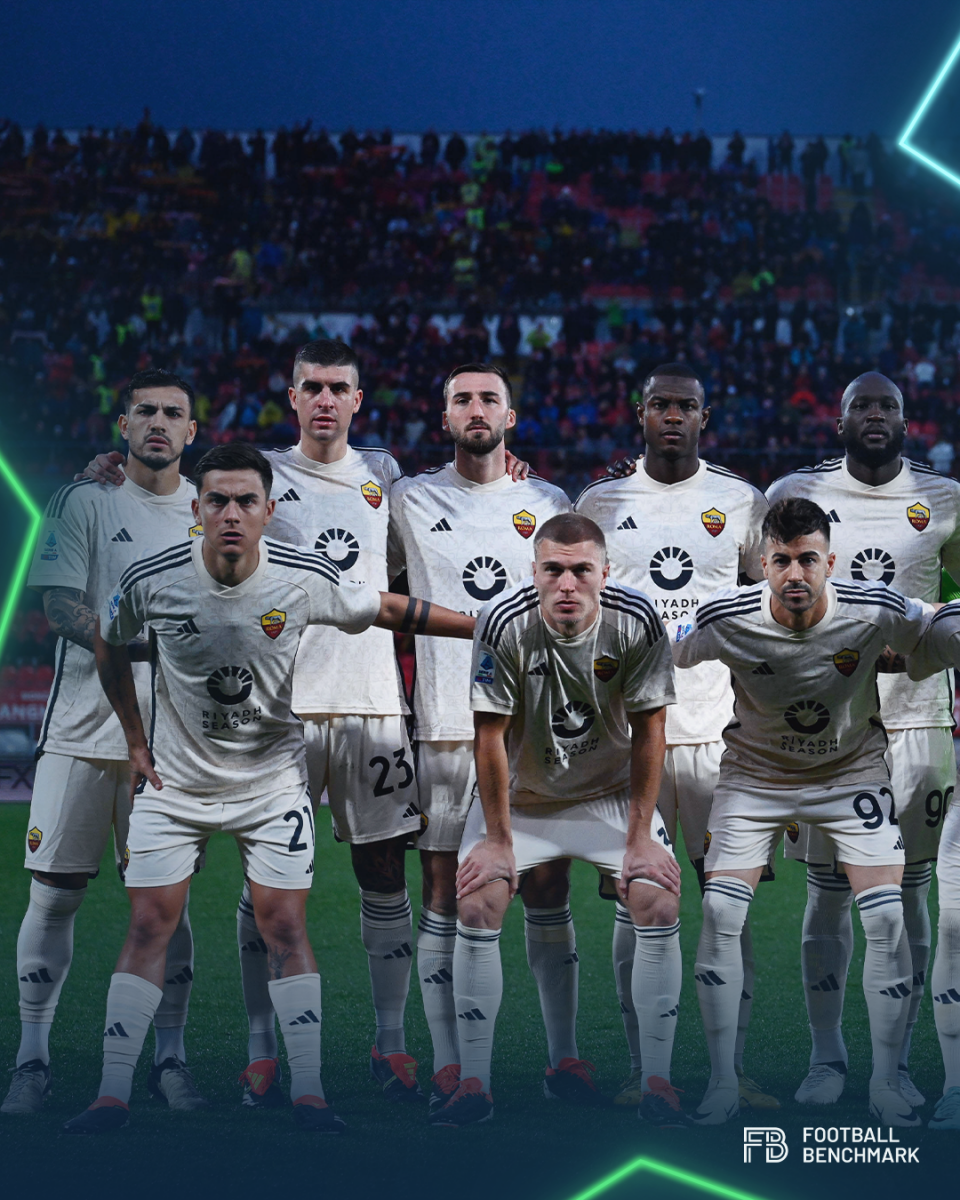A deep scrutiny of Serie A clubs’ financial reports paints a grim picture, even as the 2022/23 season unfolded post-pandemic. Despite a surge in revenue, the balance sheets reveal a significant deficit. Staff costs soar to nearly €2 billion, while net debts stubbornly linger at €3.2 billion. Andrea Sartori, commenting on Marco Iaria's analysis, sheds light on the challenges ahead and the imperative for sustainable financial practices within Italian football.

As stadiums throw open their doors without constraints and commercial partnerships reignite, the transfer market frenzy resumes in earnest. Following the COVID-19 crisis, football plunged back into action with renewed vigor last season. There are no more alibis to lean on; the financial woes triggered by the pandemic, which commenced and impacted financial results starting from the 2019/20 season, had ostensibly dissipated by the end of 2021/22. However, Serie A grappled with a staggering cumulative loss of €2.8 billion over a three-year span.
"Let's not forget that the Covid era hit the football industry hard, especially in Italy and France. But in the 2022/23 season, there was a silver lining as I spotted a delightful surge in commercial revenues for a number of clubs, including powerhouses like Juventus, AC Milan, and Napoli. And post-pandemic, fans flooding back into stadiums across Europe – Serie A included – was a sight to behold. What's more, last season saw clubs making savvy moves in the player trading market, often to meet Club Licensing requirements” - commented Andrea Sartori, Founder and CEO of Football Benchmark.
Thus, it's rather jolting to discover the findings of such financial inquiry. The income statements of top-flight clubs for 2022/23 concluded with a deficit exceeding €400 million – precisely €427 million to be exact. Even the injection of €587 million from player sales, nearly reaching pre-pandemic levels in Italy, failed to offset the losses. Excluding the anomalous three seasons marred by COVID-19, it's been two decades since Serie A faced such dire financial straits; not since the 2003/04 season, when the aggregate net result plummeted to €-452 million.

Those years were characterized by extravagant spending and the enactment of the "amortization spreading" decree, a governmental lifeline extended to a sector teetering on the brink of insolvency. Presently, tax incentives for "repatriated" talent and opportunities offered by the betting industry are still being invoked. Yet, save for a select few, Italian clubs persist in displaying a lackadaisical approach towards fiscal prudence. It's a narrative of merry, if not heedless, financial management, underscored by age-old habits that refuse to be quelled. The stark figures leave no room for interpretation.
The squad costs remain steadfast
In the face of a hefty €3 billion in revenue (discounting capital gains), the 20 Serie A clubs rack up €3.85 billion in expenditures, with salaries accounting for €1.9 billion and players’ rights amortization at €0.8 billion. But can this model sustain itself? Admittedly, the financial accounts show signs of improvement compared to 2021/22; several clubs have managed to trim their losses. However, the crux of the matter lies in comparing the current state to 2018/19, the last pre-COVID season. It's an enlightening juxtaposition.
Five years ago, Serie A teetered on the brink of a €300-million deficit, reaching the pinnacle of spending: total costs soared to €3.5 billion, with €1.75 billion allocated to salaries. Do you recall the alarm bells ringing? Regrettably, they fell on deaf ears. Indeed, clubs persisted in their spending spree even during the pandemic, often grappling with the rigidity of player contracts. While some have timidly begun to implement cost-saving measures, the overarching result, five years down the line, is that Serie A salaries have ballooned by €130 million compared to 2018/19, while the burden of amortization remains unabated.
"I'm relatively optimistic about the future, in consideration of the set of rules that have been implemented at both European and national levels, for Club Licensing purpose. One key measure is UEFA's Squad Cost Ratio, which compares annual costs for the squad—such as salaries, transfer amortizations, and agent commissions—with revenues and income from player transfers. By 2025-26, it must not exceed 70%, whereas this year the threshold is set at 90%. The adjustment process is ongoing, and I believe it will lead to a widespread containment of spending. We're in a bit of a limbo now, but clubs will be compelled to become more sustainable. I notice a greater severity from regulatory bodies, as evidenced by Everton's sanction in the Premier League. Moreover, the limitation on sports spending will further stimulate institutional investors' interest in European football. The business will become increasingly attractive" added Sartori.
As for revenues, the growth is largely attributed to contingencies. In 2022/23, there's an additional €300 million compared to 2018/19, but a significant chunk – €200 million – stems from increased earnings from European cups, including UEFA prizes and gate receipts. Last season witnessed the remarkable achievements of Italian teams, with three reaching the finals across three competitions, and two more advancing to the semifinals in the Champions League and Europa League. However, these windfalls are one-off. Furthermore, the rise in commercial revenues is somewhat inflated by the €70 million from familial sponsorships (courtesy of the controlling entities of Cremonese and Fiorentina) that were absent in 2018/19. This indicates that Serie A's core revenues, discounting favorable contingencies, are essentially stagnant.

The comparison with other leagues is unforgiving. When isolating characteristic turnover for a like-for-like comparison – considering only stadium/TV rights/commercial macro-areas – Serie A's €2.8 billion pales in comparison to our 2022/23 projections for major championships: €6.7 billion for the Premier League; €3.7 billion for LaLiga; €3.6 billion for the Bundesliga. Over the last decade, the Italian league has seen the least growth: +60% compared to +130% for the English, +100% for the Spanish, and +80% for the Germans. Furthermore, recent trends indicate a stagnation, as evidenced by the outcomes of the latest TV rights auctions.
Sartori continued "In Serie A debts remain high and costs are excessive, but what's most concerning is the revenue gap compared to the Premier League, LaLiga, and the Bundesliga. In 2010, the Premier League was already ahead, but LaLiga and the Bundesliga were on par with Serie A. What happened? The lack of international sporting success had an impact, including on the ability to attract top players. Just look at what Messi and Cristiano Ronaldo meant for Barcelona, Real Madrid, and Spanish football as a whole. The inadequate level of infrastructure has been a topic of discussion for the past two decades. All stadium projects progress at a very slow pace. Additionally, there's an issue of professionalism, both within the clubs and within the governing bodies of Italian football. The high level of contentiousness doesn't help either, much higher compared to England and Germany. There should also be more investment in know-how and youth football. If such issues are addressed, I believe Serie A has the potential to narrow the gap with LaLiga and the Bundesliga and, within a few years, even close it. The Premier League, however, remains out of reach, at least in the short to medium term."
Fragile Assets and Decisive Banks: Serie A's Financial Struggle
Amidst turbulent waters, Serie A finds itself with meager defenses. As of June 30, 2023, aggregate shareholders’ equity stands at a mere €420 million, with some clubs plunging into negative territory, despite resorting to extensive asset revaluations that unearthed reserves totaling €700 million. Few clubs can count on significant equity contributions from shareholders. Notably, Juventus is on the brink of its third recapitalization in just four years. The relentless onslaught of losses steadily erodes capital, leading to cash crunches resolved only by borrowing more or resorting to payment dilution. It's a frantic race against time.

While Serie A's aggregate debts, net of credits, have marginally decreased from the grueling days of the pandemic, they still tower over figures from 2018/19, which stood at €2.5 billion, and a decade ago, at €1.6 billion. Particularly concerning is the financial exposure – encompassing bank lines, factoring, and bonds – which remains steadfast at €1.6 billion, a level that reached historic highs in 2021, signaling a €600 million surge over the past decade. Only two teams, Fiorentina and Monza, boast debt-free balance sheets with banks, largely owing to substantial backing from their respective owners. Among the giants, Napoli, Milan, and Atalanta emerge as the least indebted, coincidentally closing their recent balance sheets in the black, alongside Lecce and Sassuolo. Conversely, Juventus, Roma, and Inter find themselves burdened with the highest losses, amounting to €312 million collectively. A meager consolation considering the staggering €599 million deficit of the prior year.
"From a financial standpoint, the indebtedness of Serie A remains significant, although , also in consideration of the recent repayment of the EUR 175 million bond by Juventus, an improvement is expected by June 30, 2024. Finally there is a need to strengthen the equity position of Italian clubs" closed Sartori’s analysis.
The stark reality is that Italian football continues to navigate the treacherous waters of financial unsustainability, with history serving as a harsh reminder that it's the smaller entities that bear the brunt of the consequences. Just a year ago, Sampdoria teetered on the brink of bankruptcy, and now, attention shifts to Hellas Verona, compelled to undertake drastic demobilization measures in the recent transfer market.


